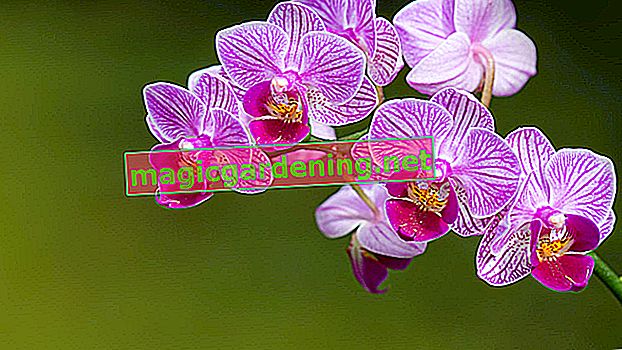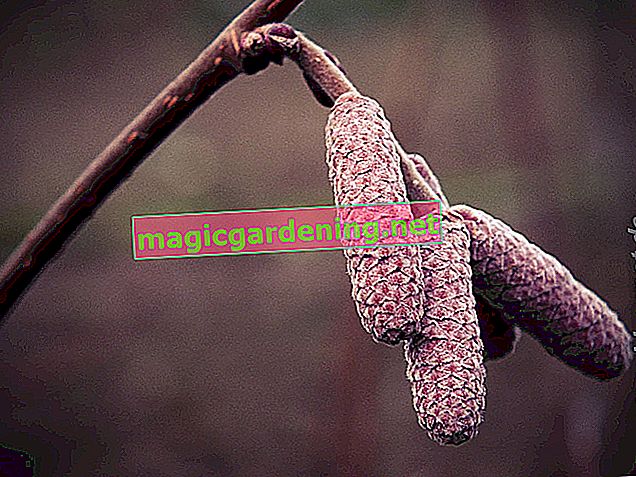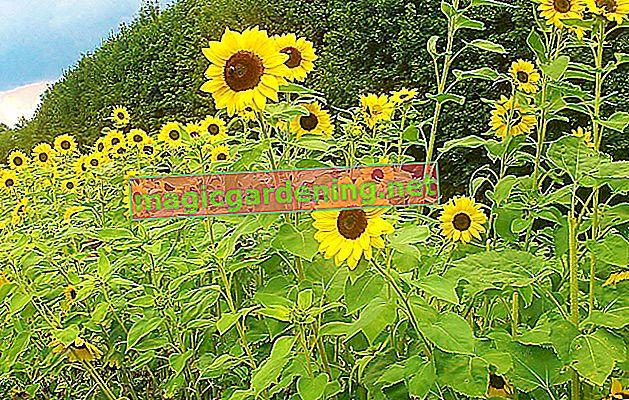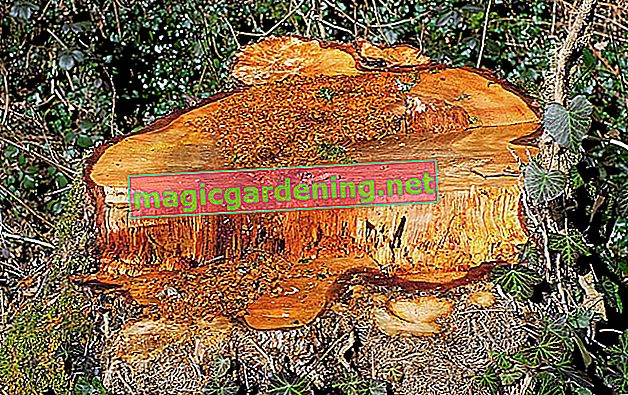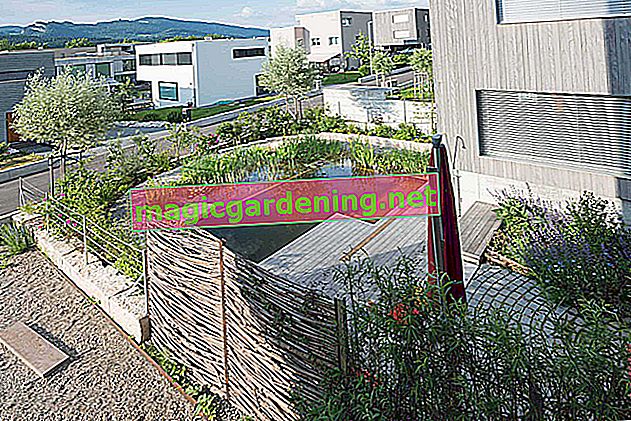
Hide unsightly spots on the fly
Almost every garden owner knows the feeling when certain blemishes in a garden cannot be remedied quickly and should be temporarily concealed as well as possible. In such a case, a temporary privacy screen made of climbing plants is ideal. To do this, simply insert a climbing aid such as a metal tomato stick into the ground at the affected area or stretch a plastic net like a wall between two wooden posts. Then put the seeds of morning glories, sweet peas, black-eyed Susan or the climbing nasturtium in the ground. These annual climbing plants provide effective privacy protection within a few weeks and also enrich the garden with their attractive flowers.
also read
- Use climbing plants as decorative privacy screens
- Use stone baskets as privacy screens
- Versatile privacy protection ideas for the garden
The art of vertical design
While it is possible to play on slopes with different height levels and their relationship to one another, gardens on flat terrain offer much less potential in this regard. But that does not mean that in a garden with a straight soil profile only different flower beds, lawns and hedges can be lined up. In addition to the tall trees, climbing plants can also open up new dimensions in garden design and, so to speak, direct the view towards the summery blue sky. In your garden, ideally, always make sure that the different plant species are appropriately graded according to their height. A climbing plant can provide a colored background for perennial beds or a colorful cottage garden due to the height that can be reached.
Popular climbing plants for privacy protection in the garden
There are some climbing plants that have proven themselves both as wall and roof greening and as a hedge-like privacy screen:
- Wisteria
- Trumpet flower
- Schling knotweed
- ivy
- hop
- Wild Wine
While ivy is a climbing plant with evergreen foliage, the tendrils of the wild wine or the knotweed look a bit bare and bleak during the winter months. On the other hand, the wild wine also has a blood-red autumn color, which can provide breathtaking effects in the garden.
Select climbing plants carefully based on their respective properties
You shouldn't underestimate the amount of foliage that a single, stately specimen of Wild Wine can produce each fall. The poisonous wisteria with its particularly decorative flowers can be a danger if children regularly play unsupervised in a garden. Since ivy is a typical forest plant, it is particularly suitable for rather shady locations. The Schling knotweed is a valuable nectar supplier for many insect species during the flowering period, but garden houses and other buildings should be protected in good time from their pronounced vigor so that the tendrils do not damage the building fabric.
Tips
Although hops are perennial climbing plants, the shoots do not lignify and die over the winter. Nevertheless, a hop plant can reach considerable heights after a few years in one location, as the grown root ball allows the plant to climb faster every year in spring.
 Rambler-Rose 'Paul's Himalayan Musk Rambler' 18.59 EUR Buy from baldur
Rambler-Rose 'Paul's Himalayan Musk Rambler' 18.59 EUR Buy from baldur

